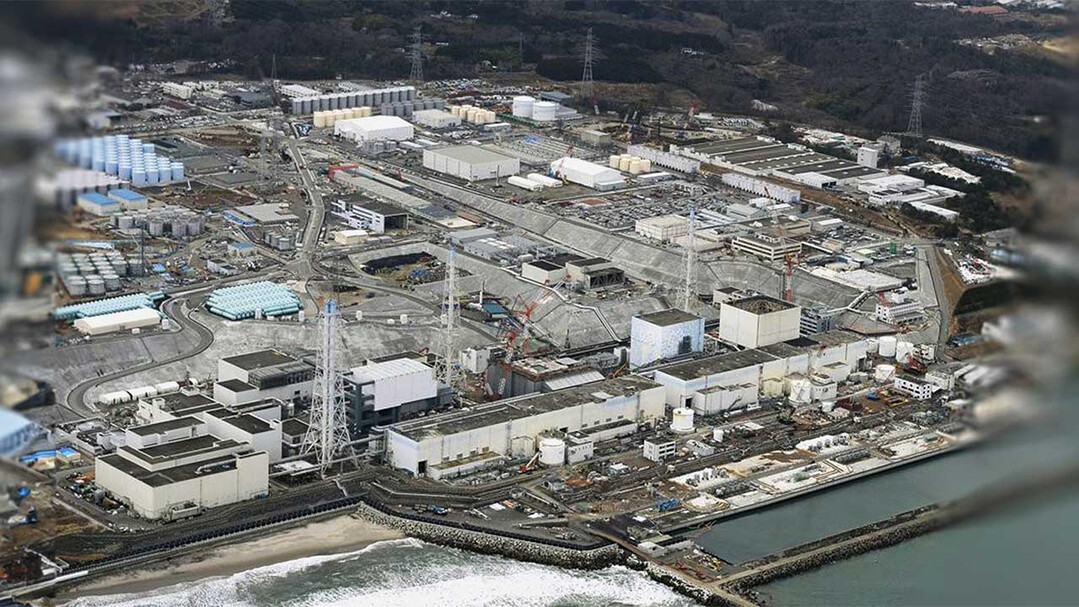
Tokyo, Japan – Tokyo Electric Power Company (TEPCO) has announced plans to conduct a second removal of nuclear fuel debris from the damaged Fukushima Daiichi Nuclear Power Plant as early as mid-April. This operation follows TEPCO's initial success in extracting a minute quantity of debris last November, marking a significant step in the long and arduous decommissioning process.
The first removal, 13 years after the devastating 2011 earthquake and tsunami, yielded approximately 0.7 grams of highly radioactive debris, with surface radiation levels measured at 8 millisieverts per hour. For this second attempt, TEPCO aims to extract up to 3 grams of debris from a location 1 to 2 meters closer to the plant's core. However, if conditions prove too challenging, they may revert to the same extraction point as the previous operation.
TEPCO will employ the same method used in the first removal: a long, extendable device resembling a fishing rod, equipped with a claw-like tool at its end, will be used to carefully extract the debris. This device can extend up to 22 meters, allowing access to the difficult-to-reach areas within the damaged reactor.
Following the second removal, TEPCO plans to analyze the composition and strength of the debris, comparing it to the previously collected samples. This analysis will be crucial in developing effective strategies for removing the estimated 880 tons of nuclear fuel debris that remain within the Fukushima Daiichi plant.
The removal of this debris is widely regarded as the most formidable obstacle in the decommissioning of the plant, a complex undertaking that the Japanese government and TEPCO aim to complete by 2051.
[Copyright (c) Global Economic Times. All Rights Reserved.]




























